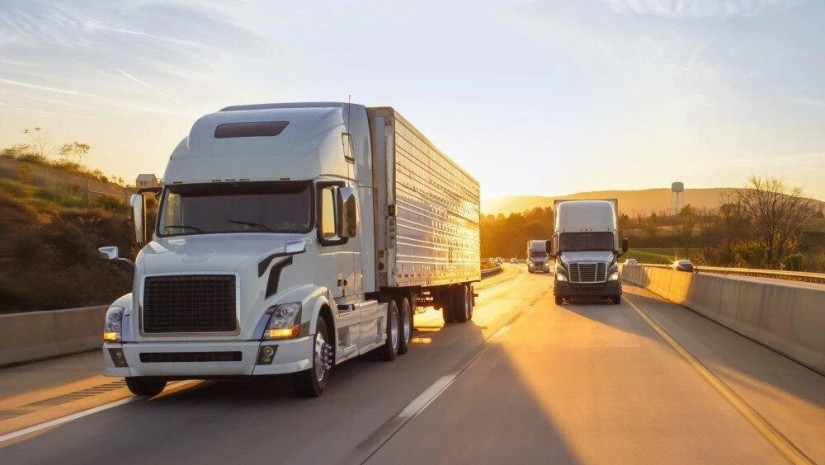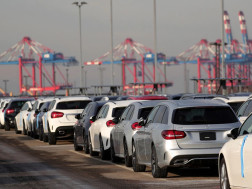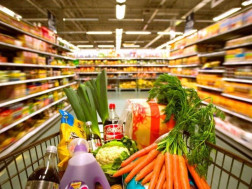In 2020, road transport accounted for more than three-quarters (77%) of the EU’s inland freight transport, the highest figure recorded in the past decade. Rail and inland waterways transport accounted for 17% and 6% of inland freight transport respectively (based on tonne-kilometres performed).
The share of road transport increased by 1 percentage point (pp) compared with 2019 and by 4 pp compared with the year recording the lowest share in the last decade, which was 2012, Eurostat reports.
Meanwhile, the share of rail transport reached a low point in 2020 (17%). It decreased by 1 pp compared with 2019 and by 2 pp compared with the year recording the highest share in the last decade, which was 2011.
The share of inland waterways also slightly decreased in 2020 (6%), reaching the same low point as observed in 2018. It decreased by 0.2 pp compared with 2019 and by 2 pp compared with the years recording the highest share in the last decade (2010, 2012 and 2013).
Road - main means of transport for freight except in Lithuania and Latvia
Road transport was the main mode of transport for inland freight in almost all EU Member States in 2020, and accounted for more than 70% of inland freight transport in 16 Member States.
The only exceptions were Lithuania and Latvia, where rail transport was the main inland transport mode, accounting for 65% and 57% of inland freight transport respectively. These were the highest shares of rail transport among the EU Member States. Only 35% of inland freight tonne-kilometres was performed by road in Lithuania, while in Latvia this mode of transport accounted for 44%.
In 2020, the Member States that recorded the largest shares of road transport were Ireland (99%), Greece (97%) and Spain (96%). The countries with the largest shares of inland waterways were the Netherlands (42%), Bulgaria and Romania (both 29%).
















